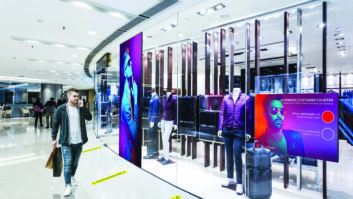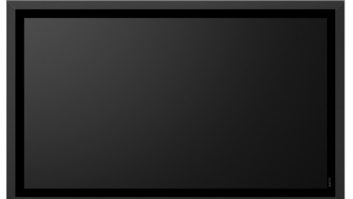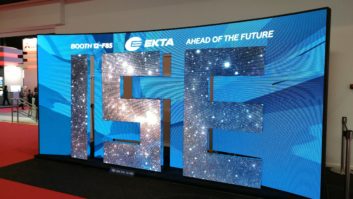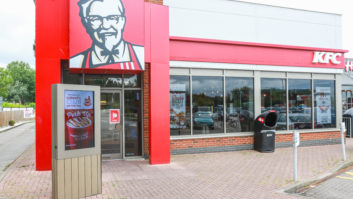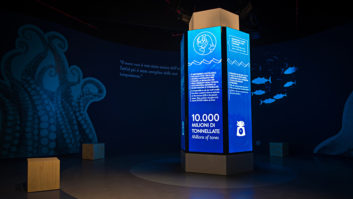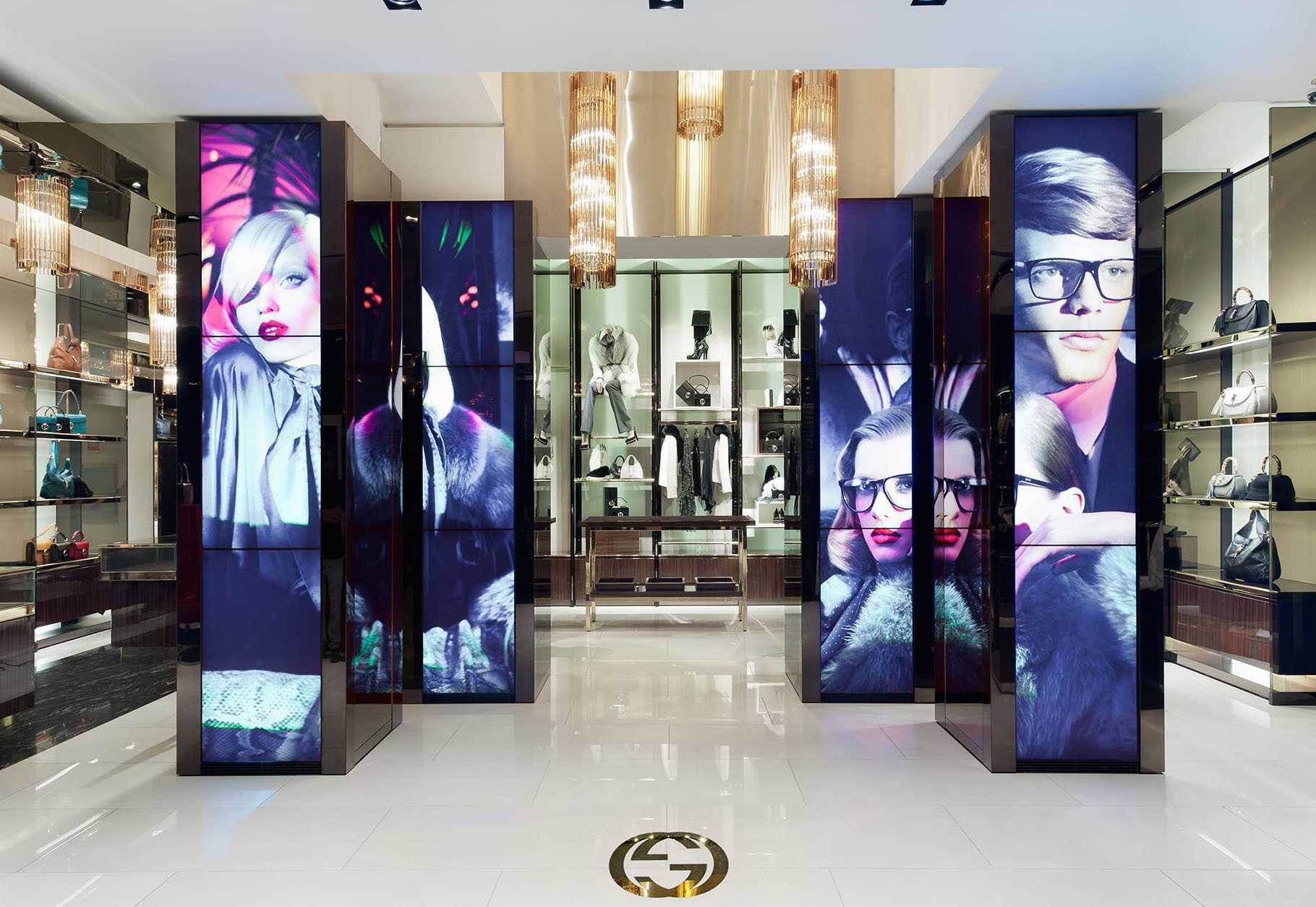
The digital signage market has grown massively since the term entered common usage at some time in the late 1990s. Today it is one of the most buoyant industry sectors within the pro AV world. Grand View Research estimates that the global value of the digital signage market is likely to reach over $31 billion by 2025. By contrast, Futuresource Consulting believes that the sector has peaked and sales of large screens for public display are slowing down. The two largest subsectors, retail and DOOH, together represent around 30% of the global digital signage market.
However the situation is not cut and dried, as James Keen, group marketing manager at Tripleplay, points out: “The digital signage market is a very difficult one to decipher. The challenge comes as the market is so fragmented and varied, with CMS providers, LED and DOOH screen vendors, enterprise TV manufacturers, media player and STB manufacturers classifying themselves as digital signage providers. Industry analysis rarely provides a good understanding of the size of each particular segment. In general the industry has grown massively. From our perspective we have seen a solid 20% growth year on year for the last five years, which I think is fairly representative of the industry as a whole.”
Turbulent period
Pete Mytton-Bayley, B2B pre-technical sales engineer for LG Electronics, believes that there has been a shift between the two main application sectors: “The retail and DOOH markets are in a turbulent period, with changing consumer habits that are migrating away from in-store towards online shopping. DOOH operators have been moving their estates toward outdoor and leisure-based spaces rather than focusing so heavily on retail locations.”
There are other fundamental characteristics that differentiate the two. “DOOH and retail have very different scope, customer needs, and technology needs,” says Christian Orcin, VP of product marketing for Leyard and Planar EMEA. “In retail, shop windows, transparent LED mesh and indoor decoration are the main application areas. For DOOH, the outdoor billboard is the traditional channel; however the use of floor totems and urban signs is increasing. Special applications in very high-profile locations like Times Square, Callao or Piccadilly Circus are also more frequent, as cities more readily accept technology as a part of the face of the city. The DOOH market is basically controlled by three huge international companies, plus one or two important local companies who currently own paper advertising sites.”
Retailers are steadily raising their levels of expectation from digital signage within shops and shopping centres and considering it much more as part of their overall marketing strategy – with consequent demand on suppliers to deliver ever-greater functionality and capability in order to attract shoppers’ attention and elevate brand awareness. Keen states: “Digital signage is a mainstream technology now, with marketing people buying into it. It has become common practice; very much an expectation in the retail environment, largely aided by the fact that the user experience has simplified to the point that they can really derive benefit and get the most from it.”
